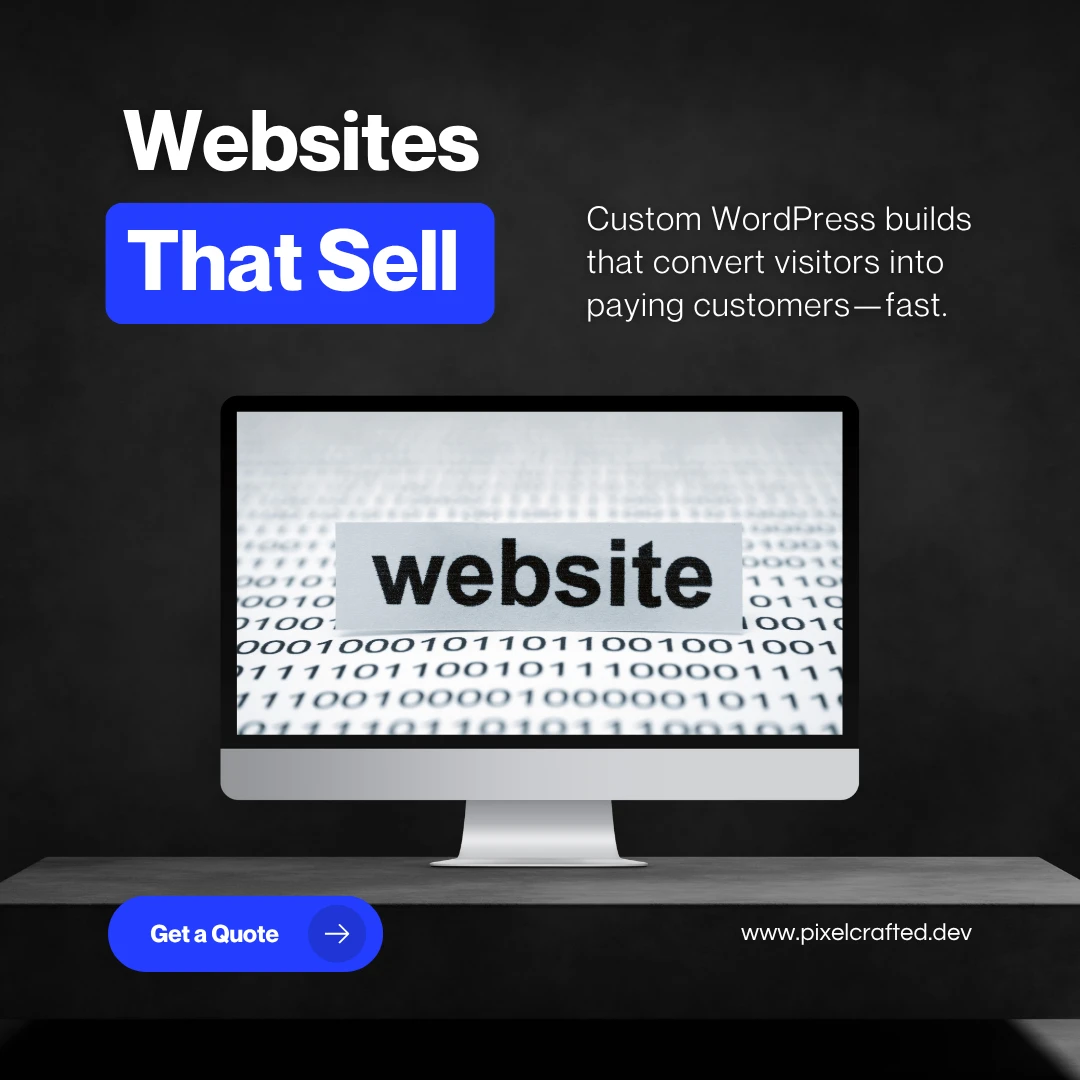Imagine uploading a selfie and seeing yourself styled in seconds—no dressing room, no awkward returns, no AR filters needed. That’s the idea behind Google’s new AI experiment, Doppl. But is it ready to deliver on that future—or just giving us a stylish preview?
What Is Google Doppl and Why Is It a Big Deal?
In June 2025, Google quietly launched Doppl via Google Labs. It’s an AI-powered virtual try-on app that turns any full-body selfie into a digital styling session. Upload your photo, upload any outfit image—even from Pinterest or a blurry boutique screenshot—and Doppl generates a composite image of you wearing it. The kicker? It adds animated clips, simulating natural movement.

Unlike past tools that mapped clothing onto generic models, Doppl personalizes the try-on to your body and pose. It’s not just visual tech. It’s fashion AI that feels like your own dressing room—but on your phone.
Doppl’s Best Trick: Hyper-Personal Try-Ons Without the Retail Wall
Doppl isn’t tied to any brand or store. You can try on a celebrity’s outfit from Instagram or a thrift shop post. The app is creative-first, not commerce-first.

That distinction matters. Where Amazon or Walmart use try-on to boost sales from their own catalogs, Google is playing a longer game—owning the discovery phase of fashion shopping. For users, it’s like having a moodboard that moves.
For digital fashion startups, especially in 3D, Doppl is a proof of concept that high-end virtual try-ons can work without proprietary hardware or full-blown AR.
What Doppl Gets Wrong (For Now)
Doppl isn’t perfect. It’s not even close.
- No shoes, hats, jewelry, or accessories (yet)
- Struggles with photo lighting, awkward poses, and layering
- Glitches like missing pants or vanishing socks
- Occasionally tweaks your body shape, smoothing or slimming subtly

Google admits this is a prototype. The tech guesses. Sometimes it guesses wrong. And that’s fine—for now. But it means Doppl is best seen as a styling playground, not a precision fit tool.
Doppl vs. The Rest: What Makes It Different?
Virtual try-ons aren’t new. But most of them lock you into a single brand’s catalog or require real-time AR via your phone’s camera.
- Amazon uses AR for shoes and eyewear, but you need to view specific products
- Walmart lets you try clothes on virtual models, not your own body
- Google Shopping used static try-ons with preset models since 2023
Doppl, by contrast, puts you in the center. It supports any outfit image, lets you try looks from across the internet, and renders personalized stills and animations. It’s less interactive than AR but more realistic in composition.
It’s a smarter filter—not a mirror. But it points to what the next generation of shopping could feel like.
The Privacy & Body Image Trade-Off
Google says Doppl doesn’t store biometric data. Your images aren’t reused for training or shared. You can delete them anytime. The app rejects NSFW uploads or public figures.
Still, it’s worth asking: what happens when a fashion tool starts subtly reshaping your image? Early testers noticed slight alterations—narrower waists, smoothed-out faces, longer legs. Whether intentional or just AI quirk, it raises body image concerns.
Can an app empower people to express themselves—without nudging them toward an idealized version of “you”? That’s a question Google (and all fashion AI devs) must answer.
Why Doppl Matters for 3D Fashion and Footwear Brands
Here’s the part that should grab 3DShoes readers: Doppl isn’t just another style app. It validates years of effort in 3D fashion tech.
- It lets users visualize digital designs on their own body, not a model
- It doesn’t require 3D scans or AR glasses—just a selfie
- It could one day render shoes, which remain a massive pain point in virtual fashion
For brands selling 3D-printed footwear or digital-first collections, Doppl opens the door to plug-and-play try-on experiences. Imagine customers previewing your entire look—shoes and all—in seconds.
That future isn’t here yet. But Doppl proves it’s on the horizon.
What the Experts Are Saying
Retail analysts are intrigued. Doppl could reduce return rates, boost buyer confidence, and drive longer engagement on shopping platforms. Stylists are cautious, unsure how AI recommendations might compete with their creative eye.
The Verge and TechCrunch both praised the potential but flagged accuracy issues. Users loved the concept, but glitches made some hesitant.
Still, there’s agreement: this is a meaningful step forward. Not a gimmick. A glimpse.
What’s Next: Doppl, the Virtual Closet, and Shopping in 2026
If Google folds Doppl into Search or Lens, we could be looking at:
- Scanning a dress IRL → seeing yourself in it in seconds
- Pairing Doppl with ARCore to view full 3D avatars
- Shopping from virtual lookbooks or influencer clips
- Selling digital-only fashion that people buy to style their avatars or content
Eventually, Doppl could become a verb: “I doppled that look before buying.” That’s the dream.
The caution? All of this hinges on accuracy, trust, and inclusivity. If Doppl nails those, it could be one of the most important tools in future retail. If not, it’ll be another cool demo with a short shelf life.
FAQ: Common Questions About Google Doppl
Not yet. Doppl currently works with tops, bottoms, and dresses. Footwear and accessories are not supported—but may be added in future updates.
Yes, Doppl is free (in the U.S. only) and requires a Google login. Google says it doesn’t store biometric data and allows you to delete your content.
While Doppl doesn’t have brand integration yet, designers can test concepts and share images of digital fashion on themselves or models using the app. It’s a powerful way to prototype visually.
Sources
- Google Blog: Try On Looks with Doppl
- TechCrunch: Google’s Doppl App
- The Verge: Google’s Doppl App Took Off My Socks
- OpenTools AI News: Doppl Launch Analysis – opentools.ai
- PYMNTS: AI Try-On App Retail Impact
Bottom line? Doppl isn’t the future of fashion—but it’s probably the first glimpse you’ll see of it. And that’s a pretty stylish place to start.




